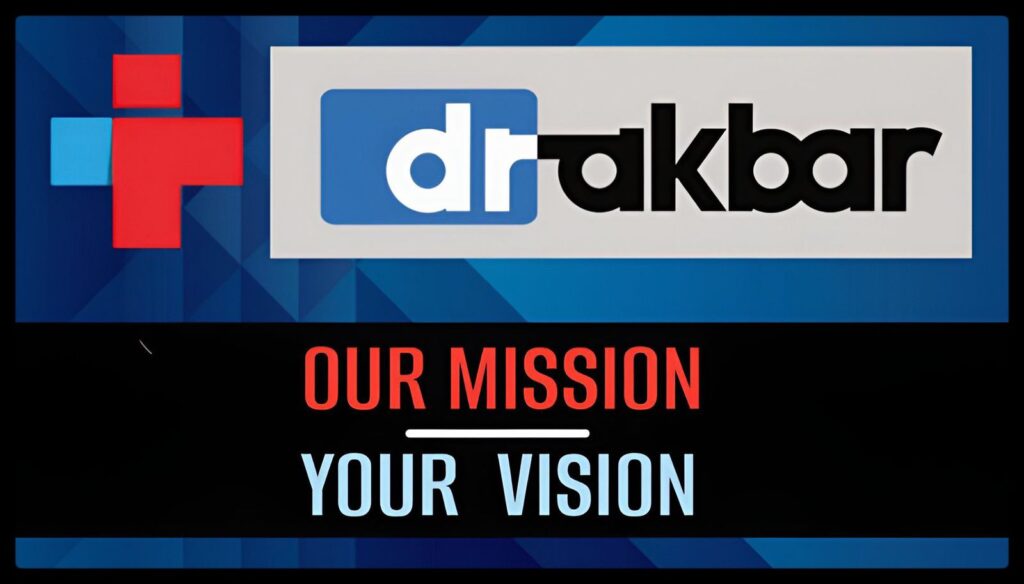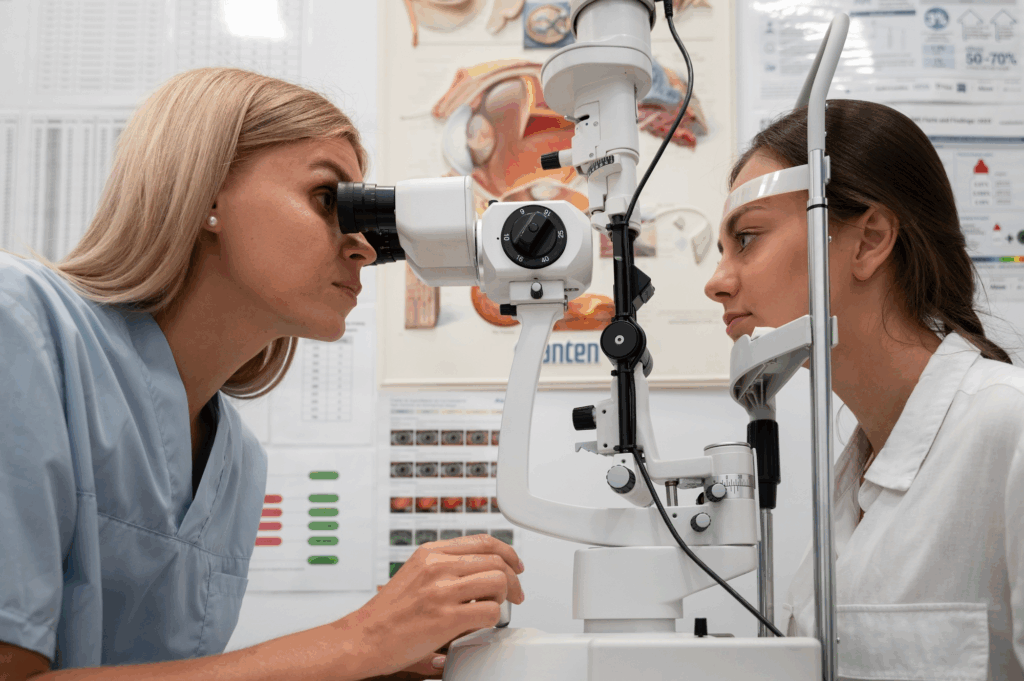Experiencing difficulty seeing at night or in low-light conditions is often referred to as night blindness, or nyctalopia. Especially for drivers, this condition can pose serious challenges. Night vision issues can make driving in the dark complicated and sometimes even dangerous if not managed carefully. Luckily, there are ways to improve one’s night driving experience. In this blog, we’ll explore night blindness, delve into its causes, identify its symptoms, and provide practical tips to help those affected by it drive more safely at night.
Understanding Night Blindness: Causes and Effects
Night blindness is not an illness in itself, but a symptom of underlying issues. The causes of this condition can include vitamin A deficiency, cataracts, retinitis pigmentosa, and sometimes side effects from specific medications. These night blindness causes lead to impaired vision in dark settings, directly impacting one’s ability to drive safely at night. The eyes struggle to adjust from bright environments to darker ones, affecting visibility. It’s particularly essential for people with night blindness to be aware of these challenges and the night blindness symptoms they may experience, like trouble seeing road markers or signs at night due to their poor night vision.
The Challenges of Night Blindness for Drivers
Drivers with night blindness often encounter several visual challenges, especially at night. These include difficulty discerning road signs, recognizing pedestrians, and spotting obstacles. Those affected might also notice an increased sensitivity to glare from oncoming headlights or street lights. Driving becomes even trickier in urban areas, where bright city lights can further overwhelm their vision. Navigating busy roads is riskier, as the visible contrast between bright lights and darkened roads is tough to manage with evening blindness.
Recognizing Symptoms of Night Blindness While Driving
To ensure safety, it’s vital to identify night blindness symptoms early on. These might include persistent glare sensitivity, difficulty seeing clearly in dimly lit environments, and halos around lights. If these symptoms worsen, it might be time to seek medical advice or reconsider your driving habits. Understanding these symptoms is essential, particularly if legal restrictions affect driving with nighttime vision challenges due to nyctalopia.
Tips for Improving Night Driving with Night Blindness
Improving your night driving starts with regular eye examinations. Seeing an eye specialist can help manage the symptoms of night blindness disease. It may also be beneficial to utilize corrective lenses or specialized eyewear like anti-glare glasses to sharpen your night vision. Maintaining your vehicle is also crucial. Ensure that the headlights are clean and correctly aligned for optimum visibility. These steps can play a significant role in making sure that those with night blindness remain safe while driving at night.
Making Safer Driving Choices
For those affected by night blindness, adopting safer driving habits is key. Consider reducing your speed to increase reaction time and increase following distance to avoid potential collisions. Avoid overdriving headlights, as this can result in sudden encounters with obstacles. Practicing techniques to rest your eyes can also help. By preparing better for night journeys, drivers can enhance their nighttime driving safety.
Impact of Diet and Lifestyle on Night Blindness
A diet rich in vitamin A can benefit eye health and help manage night blindness. Consider foods like carrots, sweet potatoes, and spinach. These nutrients support overall eye performance. Besides diet, lifestyle changes can also help manage night blindness symptoms. Regular check-ups ensure that any night blindness treatment administered is effective, while adjustments to diet and routine life habits can significantly benefit eye health over time.
Alternatives to Night Driving
Sometimes, refraining from night driving, particularly when night blindness makes it challenging, is advisable. Explore other options, such as driving during daylight hours, carpooling, or using ride services. Consulting with an eye care provider is crucial. They can offer individual advice and suggest restrictions based on personal needs and vision conditions.
Conclusion
Understanding the challenges posed by night blindness is crucial for anyone experiencing these nightly hurdles. By proactively managing your condition—whether through lifestyle choices, medical guidance, or driving adjustments—you ensure not only your safety but also the safety of others on the road. Always seek professional guidance as needed to address specific concerns and enhance driving safety for a better, more confident driving experience at night.

